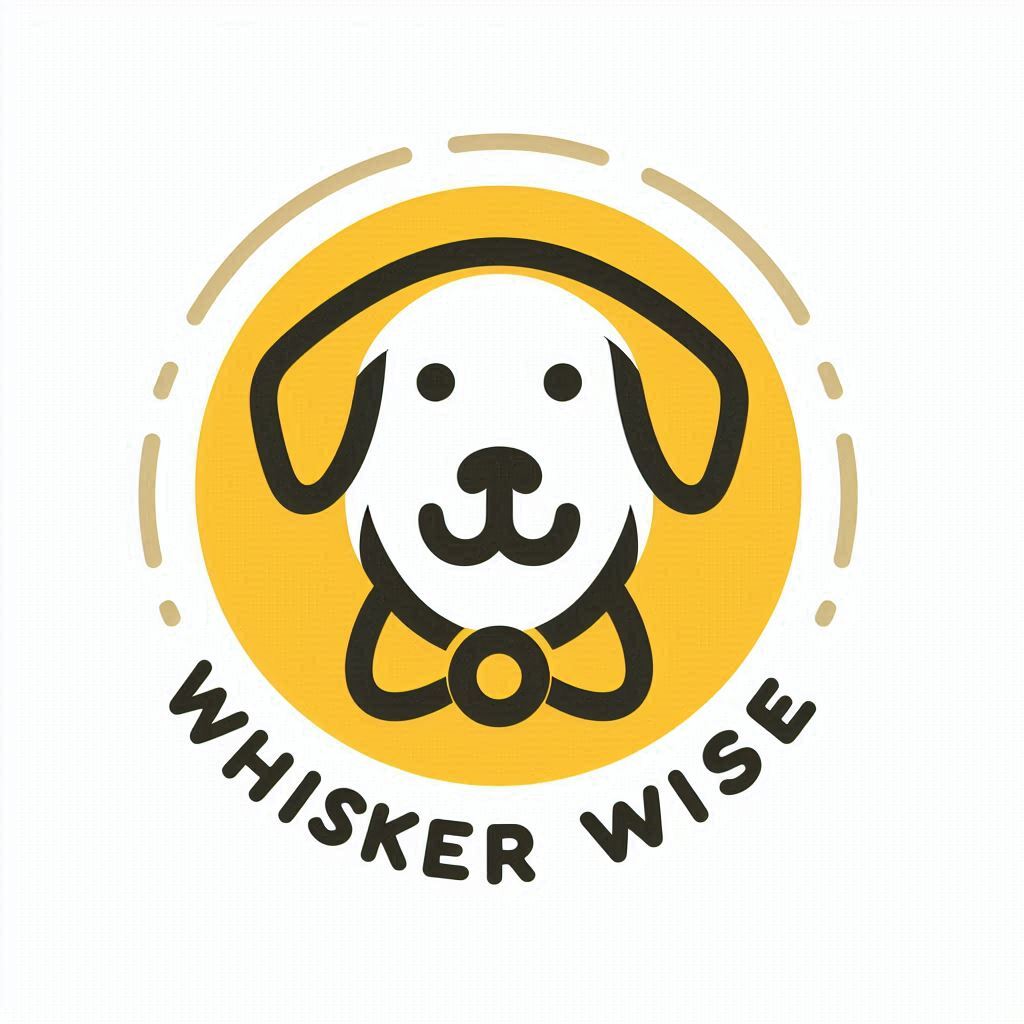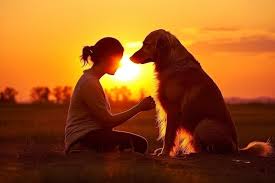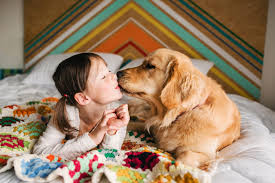 Building a strong bond with your dog is more than just sharing a space. It’s about creating a connection that supports their mental health and overall well-being. Dogs, like humans, thrive when they feel safe and understood. This sense of trust plays a crucial role in their happiness.
Building a strong bond with your dog is more than just sharing a space. It’s about creating a connection that supports their mental health and overall well-being. Dogs, like humans, thrive when they feel safe and understood. This sense of trust plays a crucial role in their happiness.
Various factors can influence how easily a dog builds trust and bonds with their owner. Lack of socialization during their formative years, past trauma, and genetics all play a part. For example, a pup that hasn’t been exposed to different environments or socialized with other dogs and people might be more anxious or fearful.
Understanding the root causes of anxiety and mistrust in dogs can help us approach them with the empathy and patience they need. Dogs who’ve experienced past trauma or lack of socialization might show signs of fear and anxiety more frequently. Recognizing these factors allows us to tailor our approach, ensuring we’re providing the most conducive environment for their comfort and trust.
Being patient and observant of our pets’ needs and behaviors helps us build a bond based on mutual understanding and respect. Over time, with consistent positive experiences, even the most anxious pups can learn to trust and feel secure in their environment. And that is the foundation for a happy, healthy relationship.
Recognizing Signs of Anxiety and Fear in Dogs
Dogs communicate their emotions in many ways, and recognizing signs of anxiety and fear is key to providing the support they need. Common indicators include trembling, panting, excessive drooling, and trying to escape or hide. When a dog displays these behaviors, it’s essential to understand that they might be feeling overwhelmed or scared.
Dogs may also show fear and mistrust by cowering or hiding when approached by strangers. Some dogs might become more reserved, avoiding eye contact and seeking solitude. It’s important not to force interactions during these times; giving them space can help them feel safer.
Acknowledging these signs of fear allows us to proactively help our pets. Steps such as creating a calm environment, using soothing tones, and providing comfort can ease their anxiety. Additionally, understanding individual triggers—like loud noises, unfamiliar people, or certain environments—enables more effective management of their stress.
By being attentive and responsive to these signs, we can take actionable steps to make our dogs feel secure and loved. Recognizing and addressing their fears not only improves their well-being but also strengthens the bond of trust between us and our furry friends.
Essential Tips for Building Trust and Bonding
Respecting your dog’s personal space is key. Allow them to approach you at their own pace. Pushing interactions too soon can lead to more anxiety. Instead, let your dog make the first move and come to you when they’re ready.
Using positive reinforcement is a game-changer. Rewarding your dog with treats, praise, or favorite toys when they show desirable behavior helps build a positive association with you. Also, be consistent with these rewards to reinforce the desired behaviors.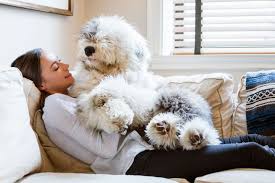
The ‘consent test’ is another great tool. When interacting with your dog, pause occasionally. If they lean in or stay close, continue. If they move away, respect their space and try again later. This creates a sense of trust and security in your interactions.
Understanding body language is crucial. A wagging tail, relaxed posture, and bright eyes usually indicate contentment, while a tucked tail, stiff body, or avoiding eye contact may signal discomfort. Observing these cues helps tailor your approach to their comfort level.
Paying attention to your dog’s vocalizations and overall demeanor can provide insights into their emotions and needs. Happy barks, playful growls, or whimpers can all tell you how they’re feeling. Being attentive to these signals can enhance communication and bonding.
Effective Training Exercises to Strengthen the Bond
Positive reinforcement is vital when it comes to training. Reward your dog for desirable behaviors like sitting, staying, or coming when called. This not only makes learning fun for them but also strengthens your bond.
Setting realistic expectations is important. Dogs, like humans, learn at their own pace. Be patient with their learning curve and avoid rushing the training process. Celebrating small victories encourages progress and builds confidence.
Engaging in fun activities together creates a sense of togetherness. Daily walks, structured playtime, and interactive games like fetch or tug-of-war can become bonding rituals that both you and your dog look forward to.
Training isn’t just about commands; it’s about quality time. Use training sessions to connect with your dog. Teaching new tricks or practicing basic commands not only provides mental stimulation but also fosters cooperation and trust.
Incorporate short, frequent training sessions into your routine. Consistency helps reinforce learning and provides regular opportunities to bond. Make training a positive experience with plenty of rewards and affection.
Fun Activities to Enhance Your Bond with Your Dog
Eye contact is a powerful bonding tool. Studies have shown that making eye contact with your dog activates the oxytocin system, fostering a deeper connection. So, take a moment each day to look into your dog’s eyes with love and affection.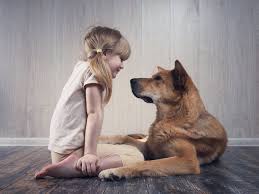
Incorporate training sessions and teach new tricks to your routine. This not only provides mental stimulation but also strengthens cooperation and trust between you and your canine friend.
Outdoor activities like park walks, playing fetch, and engaging in dog-friendly sports are fantastic ways to bond. These activities provide both physical exercise and a chance to spend quality time together.
Focused attention goes a long way. Engage in play sessions that your dog enjoys, whether it’s a game of tug-of-war, hide and seek, or simply running around the yard. These moments of joy help reinforce trust and love.
Special treats can turn any moment into a bonding opportunity. Surprise your dog with their favorite snacks during playtime or after a successful training session. This positive reinforcement makes your bond stronger.
